Thinking back to when I was a kid, I would spend hours drawing different stadiums and different layouts at school or in my free time. In fact, I became so passionate about it and did it so often that others in the classroom would see what I was doing and started doing it themselves (nerd alert). Now that may seem strange to a lot of you who are reading this and that’s fine. Even at the early age of eight or nine, I found myself doing this and drawn into the world of architecture and baseball stadium design. While my career choices followed down a different path, recently I have found that love and passion rekindled by the release of Sony San Diego’s stadium creator in next-gen MLB The Show 21. In fact, it’s consumed my time in vast quantities, and it’s the reason for this stadium creator deep dive/review.
When the stadium creator was first announced, many, myself included, took notice of some of the limitations or perceived limitations of the feature. Thankfully, while there are some restrictions and some areas that need new inclusions or tools and assets, the limitations are less than I initially thought.
MLB The Show 21 Stadium Creator
Freedom
If someone were to ask me what my favorite aspect of the stadium creator is, it would undoubtedly be the freedom that this creation tool provides. What I mean by freedom is the tool gives me the ability to create almost any stadium design that I can come up with in my head.
Whether my approach is that of creating retro stadiums from the ’60s, ’70s, or ’80s, current minor league stadiums that aren’t in the game, or fictitious stadiums that don’t exist — or they do, but only in the creative canvases of our minds — I can just about pull all of them off here.
This is where my approach will differ from others and that’s completely fine — and one of the aspects of the stadium creation tool that I thoroughly love and enjoy the most. For myself though, I found my point of entry and enjoyment in attacking the retro stadiums that I grew up around.
The stadiums consist of and include the likes of Riverfront Stadium, Three Rivers Stadium, Old Milwaukee County Stadium, Candlestick Park, the Kingdome, War Memorial, Exhibition, Olympic Stadium and so many more.
These stadiums conjure up images and memories of my childhood, and there is a blanketed smothering of nostalgia that pours over me whenever I just look at photos of these retro stadiums. Now I have a chance to re-create them and play one of my favorite baseball franchises inside each one of these creations, and that’s exactly what I intend to do.
And So It Begins – Retro Stadiums
My First of Three: The Kingdome
As I started pouring over the list of stadiums that I wanted to create, I realized I could create almost any stadium I wanted and the floodgates opened. As tough as it was, I cut that list down to three stadiums that had a huge impact on me as a kid and provided a lifetime full of memories that seem as vivid now as they did then.
First up on the list was the now-defunct Seattle Mariners Kingdome. The playoff series that took place between the Mariners and the Yankees in 1995 was one of the greatest playoff series that I’ve ever witnessed on TV in my lifetime, and it has been a crushing blow not to be able to replay that series in some form in the world of video game baseball.
This brings us to the very first limitation of the stadium creator tool and one of its biggest flaws. The inability to create a domed-style stadium was upsetting when it was first announced. Initially, I thought I would just build the stadium itself and have it be an open-air stadium. It would not be a “true” replica, but if I could still play In a close approximation of what the Kingdome looked like, I could make that work.
To prepare, I brought out old images of the Kingdome and started working on the foundation. As I started building the foundation of the Kingdome and its facilities, it brought me to another limitation that is noticeable within the stadium creator. That limitation is that the preset-style stadiums don’t lend themselves well to the circular-style stadiums that so many teams employed during the late 1900s.
So instead of relying on what the stadium creation tool provided me in terms of interlocking pieces, I clicked on the “pro setup” that allowed me to edit almost anything within the foundation that I had initially planned out.
I first attacked the outfield wall within the Kingdome, which if any of you are familiar with, is obviously misshapen. The right-field wall is 25 feet tall while the left-field wall is only eight and a half feet tall. In center field, you basically have a trash bag for a center field wall, so it was not the easiest of choices to start with as my first project.
Limitations Everywhere — If You Allow Them
The deeper I got into creating the Seattle Mariners Kingdome, the more I realized I was going to have to become extremely creative and think outside the box. The upper deck for the Kingdome was a unique structure, so I found myself often having to rummage through the library of architectural resources available, and found myself testing, trying, building, and rebuilding until I found something that worked.
As I mentioned previously, the stadium creation tool does not provide a domed-like structure, so that meant it was incumbent upon me to simply build that structure by hand, which I did.
Once I had the basic groundwork for the seating sections done, I looked for a way to create the exterior walls of the Kingdome to place around the seats. As a creator, we are limited by how many additions we can place in and around the stadium we are developing (memory limitations), so I knew I was going to have to be smart with my choices.
What I found in my exploration of the creation toolbox is that certain scoreboards flipped backwards can work in amazing ways, and they did so for me. I was able to build an entire “dome” (sans roof) by utilizing “scoreboard #39” and that same scoreboard has become one of my best friends in every stadium I have taken on since.
I also discarded the “snap and lock system” (a limitation in my eyes) that the stadium creation tool offers to help in ease of use. Instead, I placed every single piece of the Kingdome in its place by hand.
Lastly, I needed to try and replicate some type of dome coverage, although each creator can only build a roof system that extends to the playing field wall below. After multiple attempts and numerous failures, I discovered that under concourse options, “tile #1” is expansive and has a black undercoating, which works perfectly for the Kingdome.
However, after placing the dome-like textures above and taking batting practice, the lighting in the stadium made it feel more like I was taking BP at old Dallas Stadium than the Kingdome, but flexibility as a creator is a must.
Was it tedious and time-consuming? Absolutely, yes! When I was finished though, I looked at a creation that I had poured hours into molding by hand, and the feeling of accomplishment was worth every second of it.
Next Up: Atlanta-Fulton County Stadium
After creating the Kingdome, the thought that kept running through my head was Fulton County Stadium will be child’s play compared to the undertaking I just finished. I could not have been more errant in my thought process, and it also caused me to have somewhat of an epiphany about the stadiums from this era.
As a kid, all these cookie-cutter stadiums from that era looked extremely similar to each other, except for the utilization of different color palettes, seat styles, and padding.
Now as I pour over the reference photos for each stadium, I realize that while a lot of these stadiums did mimic each other, each one had unique characteristics and style that helped facilitate a local love affair with its hometown fans.
So, my approach to creating Atlanta-Fulton County Stadium was different. Now having well over 15 hours with the tool, I felt experienced with the stadium creator and felt like I understood its limitations and strengths. In other words, I was ready to build this iconic stadium that was made famous on the TBS Superstation.
What made Fulton County stadium a bit different from the Kingdome is that the configuration had changed over different eras in Atlanta. I chose the ’80s-era Fulton County Stadium because the stadium creator would most likely vibe best with that one.
Much like the Kingdome, I attacked the outfield wall first and moved outward from there. AFCS Is unique in the fact that it has two walls. There is the initial outfield wall, and then a secondary scoreboard and advertisement wall located just behind the outfield wall.
This was not an issue because the stadium creator gives you the ability to raise and lower each outfield seating section. I then mimicked the scoreboard and advertisements by using the signboards and scoreboards in the game by just flipping them backwards to provide a unique LED look from that era.
Once I had the lower sections done, I moved to the second deck and suites. I built them and was able to build the rooftop and lighting system that looked exactly like it did in real life due to the plethora of options and choices that the stadium creator allowed me to utilize.
One of the issues I had with the Kingdome also reared its head with Atlanta-Fulton County Stadium. You can’t manipulate the shape of the first- and third-base walls located on the field itself, and because of that, I will rarely ever be able to perfectly re-create a stadium.
In the end though, creating Atlanta-Fulton County Stadium, while time-consuming and still a learning process, went much smoother than my initial attempt with the Kingdome.
Last Stop: Candlestick Park
Candlestick Park, home of the San Francisco Giants until 1999, presented a unique challenge because it had gone through a fair share of reconfiguration. I chose to go with the Candlestick Park that both housed the Giants and the NFL’s San Francisco 49ers, and almost immediately regretted it. There is absolutely nothing available to the creator inside the proverbial toolbox that made me feel comfortable creating such a wild configuration. In other words, attacking the challenge of Candlestick Park was a tough task.
After finishing the Kingdome and Atlanta-Fulton County Stadium, I felt fully prepared to build any stadium that popped in my head, and then Candlestick Park came calling. Creating the home of the Giants and the 49ers literally felt like creating two stadiums at one time, because that’s exactly what it was.
With the other two stadiums I constructed, I started with the outfield wall and moved out from there, but with Candlestick Park and its unique configuration, I had to start with the upper deck first. An upper deck that is shaped so oddly, it is like nothing else we have seen in baseball in the past or present.
Again, the stadium creation tool had the perfect props for me to create the upper deck for Candlestick Park, and provided me with the perfect roofing system and lighting system to almost replicate how that stadium looked from a top-down view.
That’s the good news. The bad news is the outfield configuration of Candlestick Park is extremely challenging to re-create, and if I’m being completely transparent here, the tools and the props needed to do just that are not available to me in the stadium creator’s current state.
That said, I was able to create I configuration that looked close to the old Candlestick Park outfield seating configuration, and this is where the ability to show flexibility as a creator comes into play.
What makes this park so challenging are the angles of the seating sections. As I stated before, the game’s “snap and lock” feature doesn’t work well when trying to create a stadium like this, and that is where my approach of placing each section by hand and placing each section together works well.
I am still currently tweaking Candlestick Park, but once MLB The Show 21 stadium vault has a search function, all of my stadiums will then go in that vault for people to enjoy and use. Until that search function is available to the community, the stadiums will continue to be tweaked and worked on.
If You Build It, They Will Come
What I have found out now after over 40 hours inside of the stadium creator is my passion for building stadiums is getting brighter and hotter. Not only do I want to create these stadiums for the community, as well as many others, but the thirst for the stadium creations never stops.
Now, just because I have found a passion and love for the stadium creator as a whole does not mean I am not frustrated by its limitations or the need for additional resources and assets to either be patched in or included in next year’s version. The developers stated early on while this has been a long-term goal to get the feature implemented, the stadium creator’s implementation this year is just the genesis of what they hope to deliver as a final product in the coming years.
Want I Want The Future To Hold
As I’ve mentioned multiple times throughout this article, there are limitations to the creator, and at times, multiple workarounds must be distributed and employed to create the stadium that you envision in your head. There is a list of wants and needs that I want to see implemented in future versions of the stadium creator, and while that list is not long, the new options are extremely important.
As content creators, we need the ability to create a domed-style facility, and that also includes a retractable roof facility. We need different outfield wall structures and styles, and the ability to manipulate the first- and third-baseline walls on the field in different shapes and configurations.
We also need the ability to attach pre-made or downloaded and created logos to the walls and the stadium structures to re-create the stadiums in a realistic fashion. Lastly, we need the ability to play at night or indoors with proper lighting, and be able to search for individual stadiums in the vault. This list is of course subjective, and some would say my list isn’t extensive enough.
Either way, the stadium creator is one of the best new additions to be included in any sports title in a very long time. There is a learning curve, but for those who aspire to create the stadium or facility of their dreams, I implore you to jump in the deep end. You might be surprised by what you can accomplish with the click of a button.


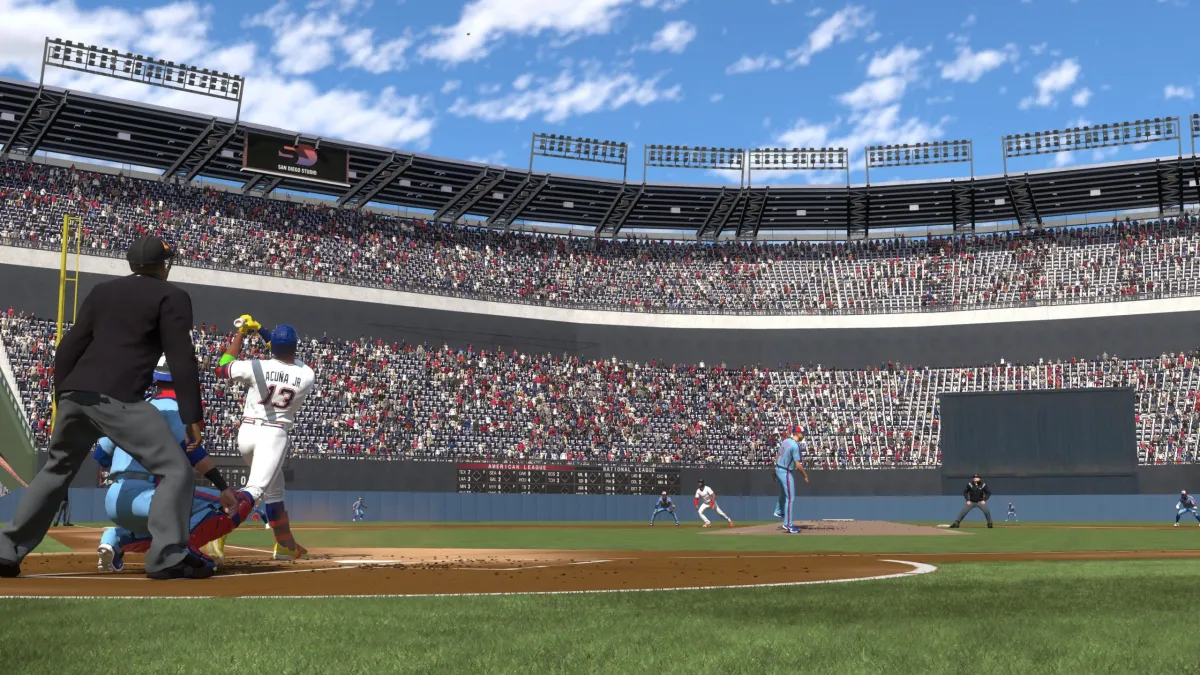
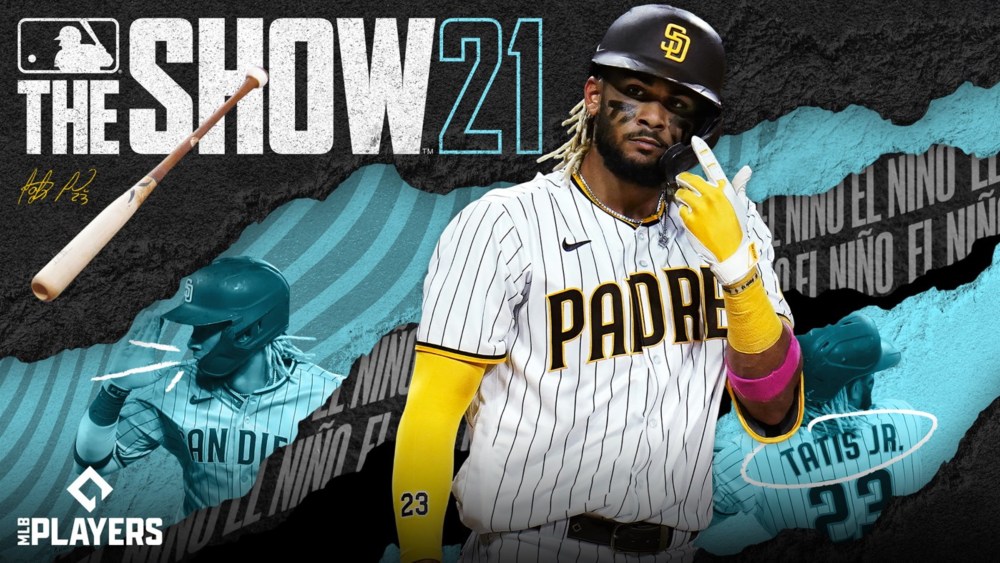
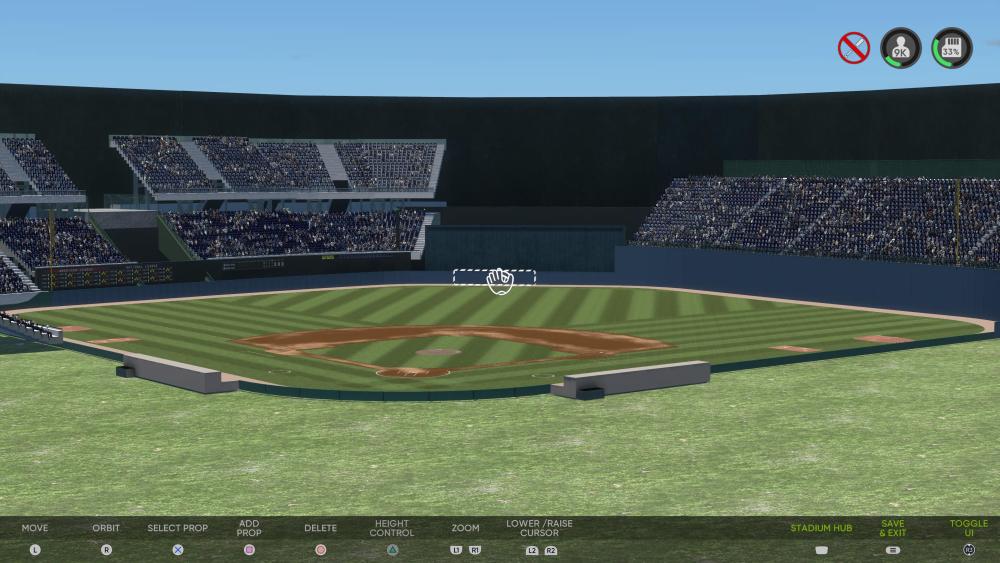
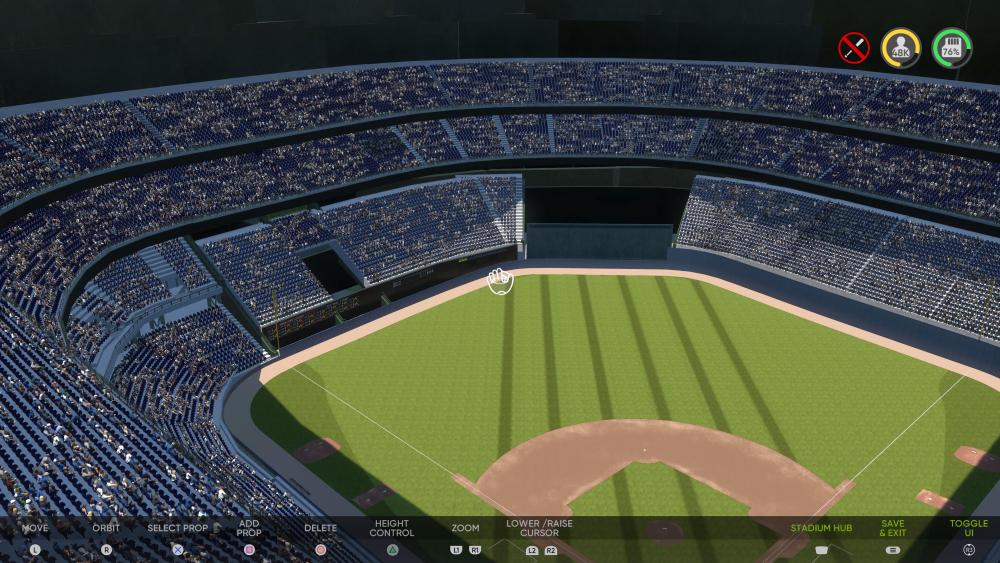
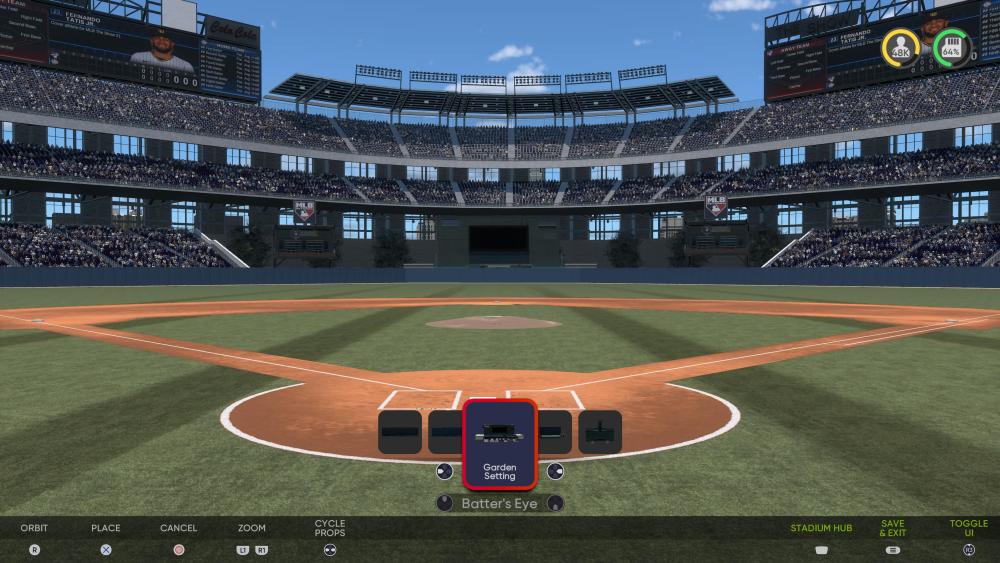
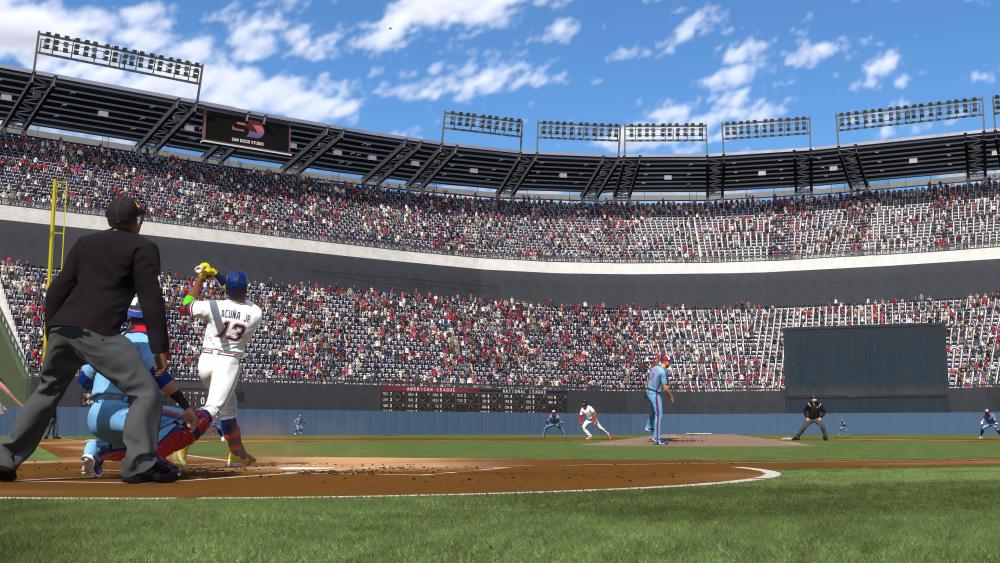
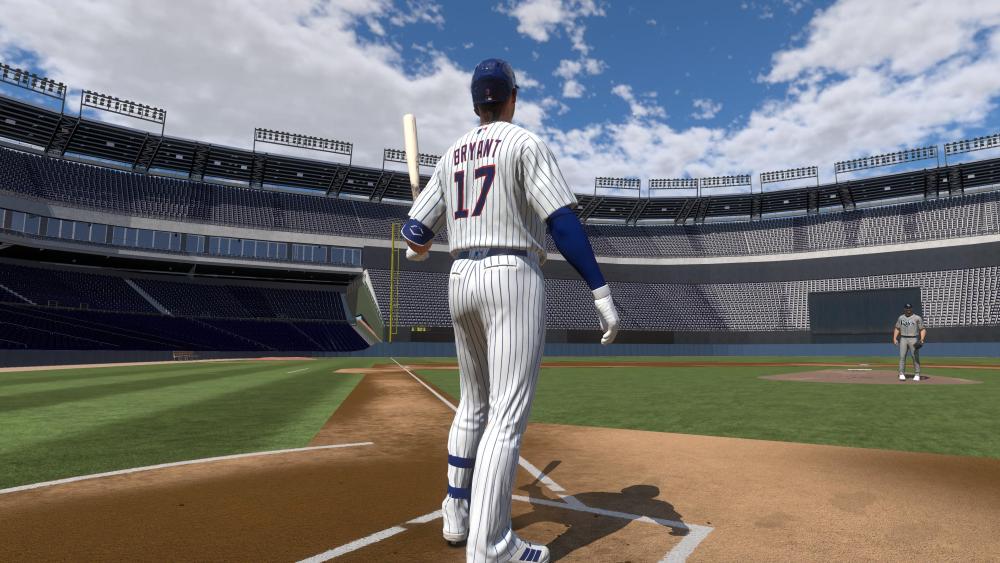
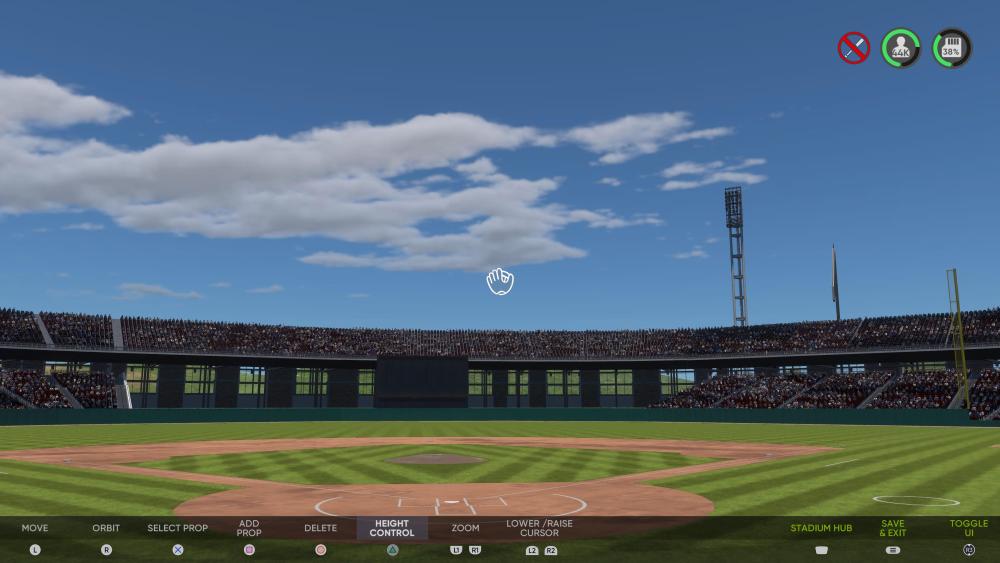
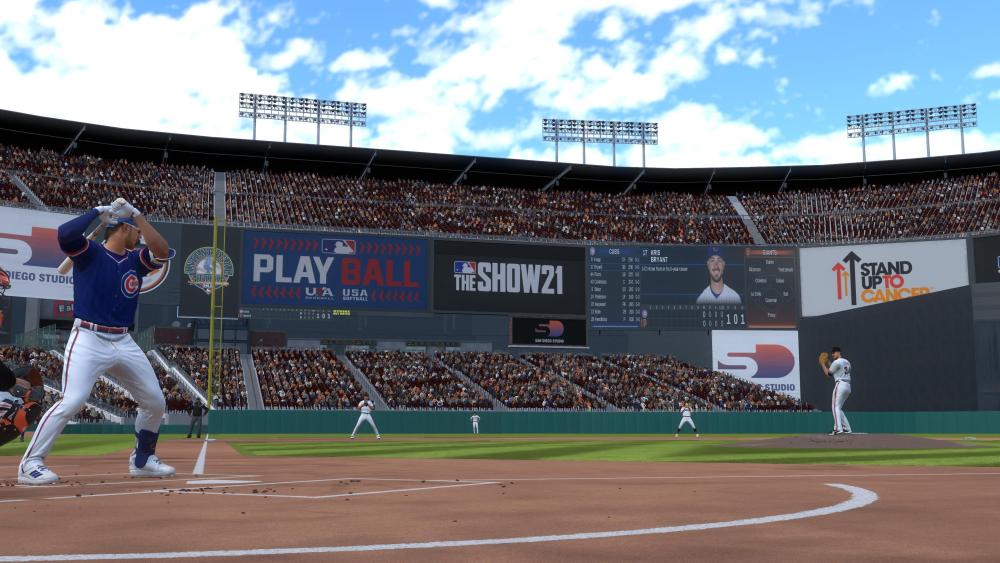
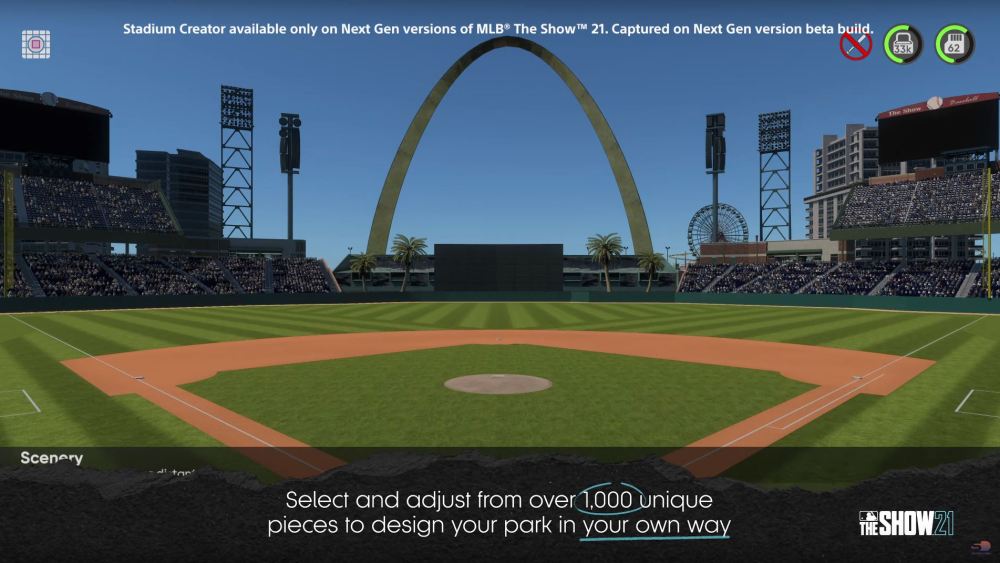
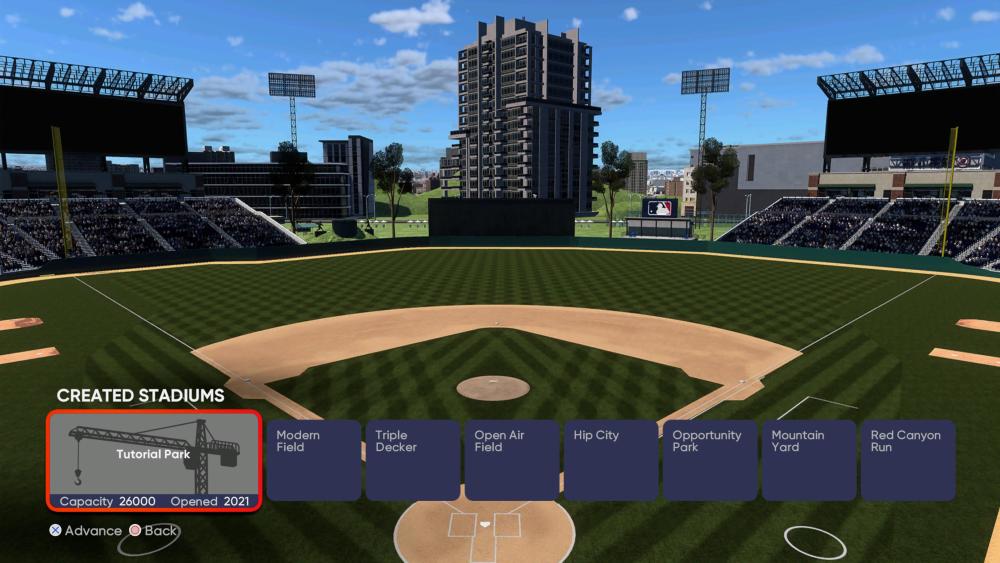
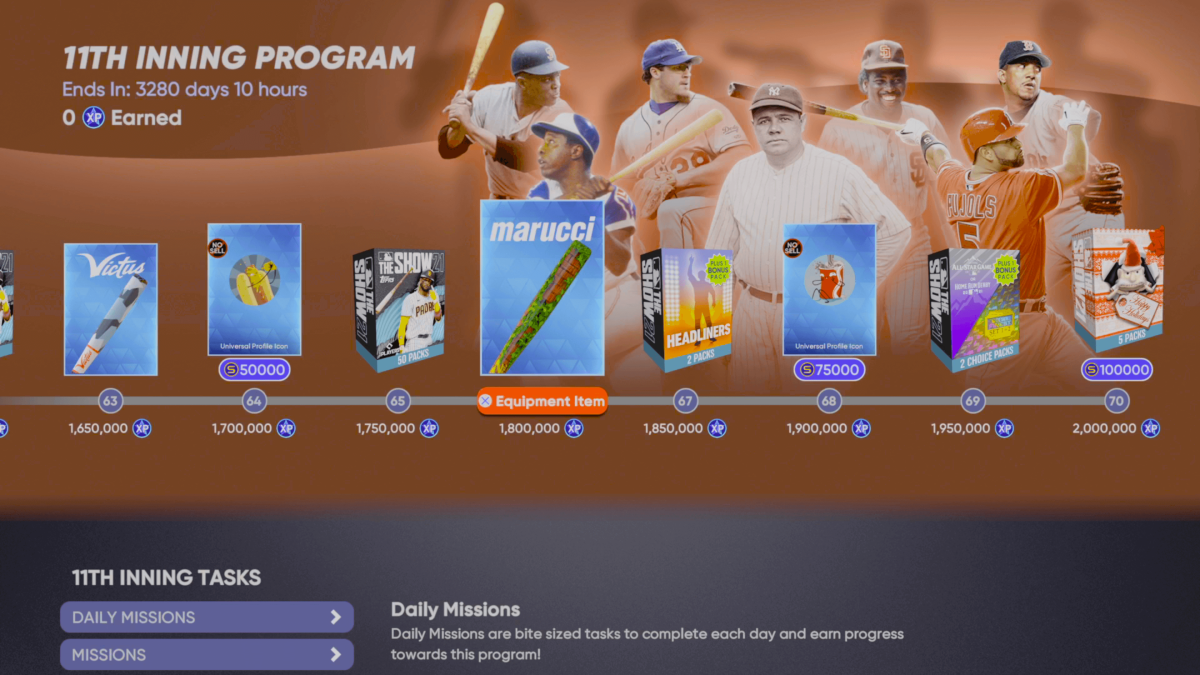
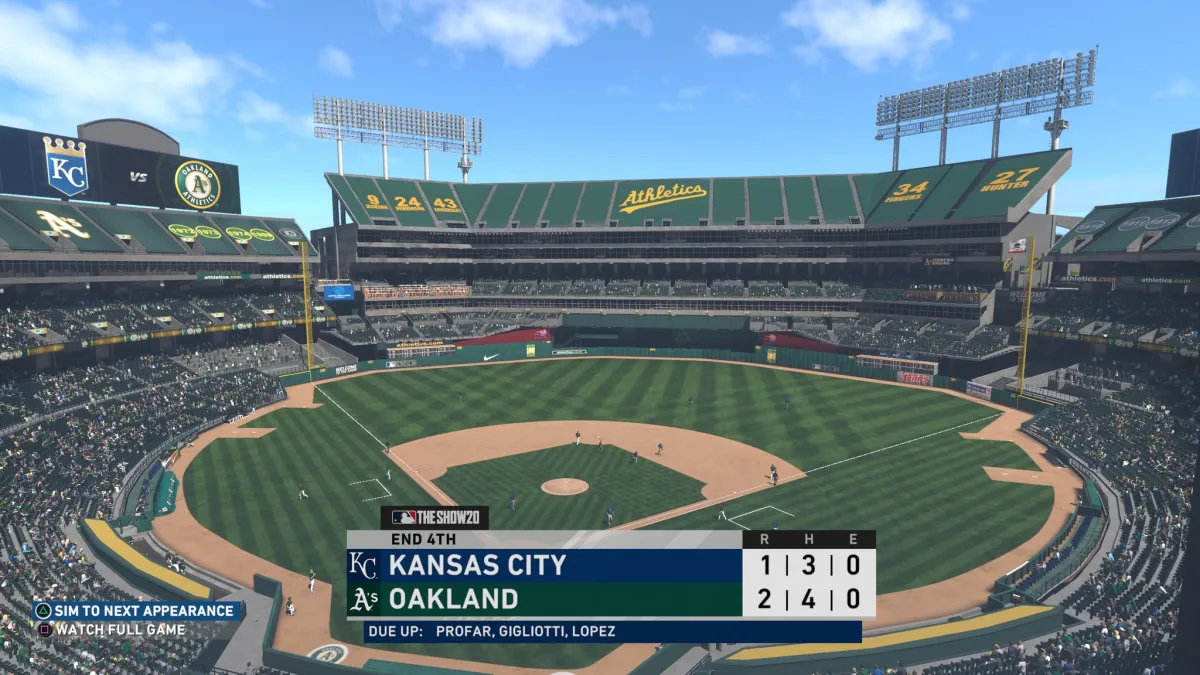
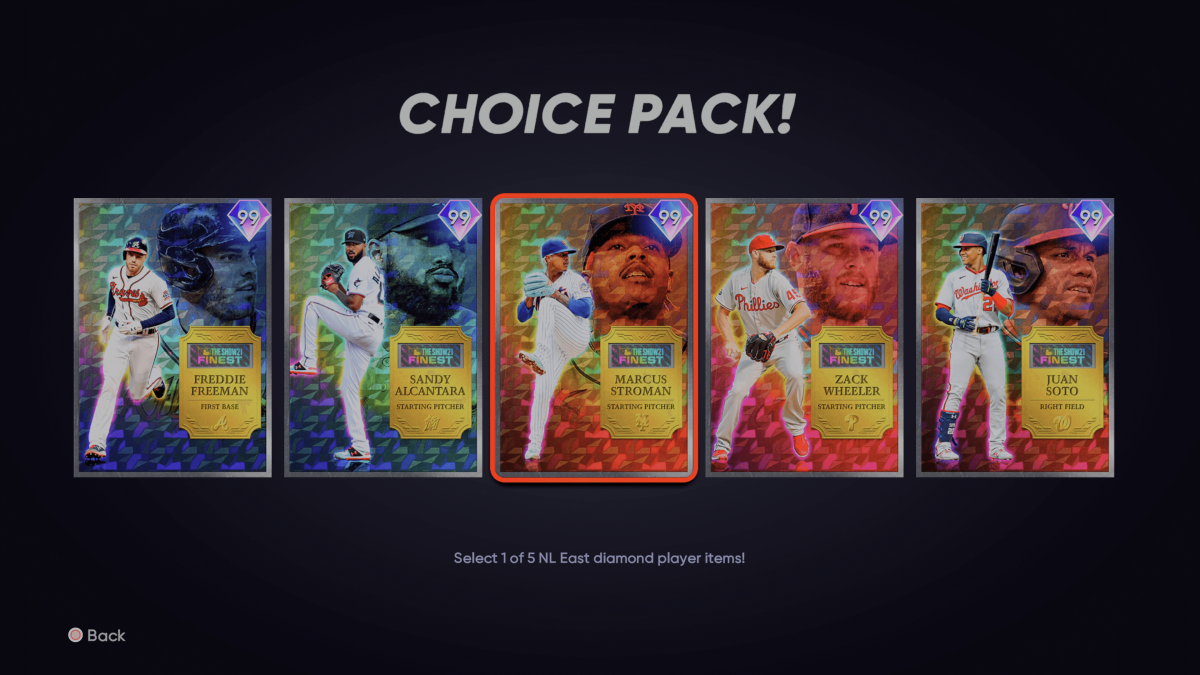
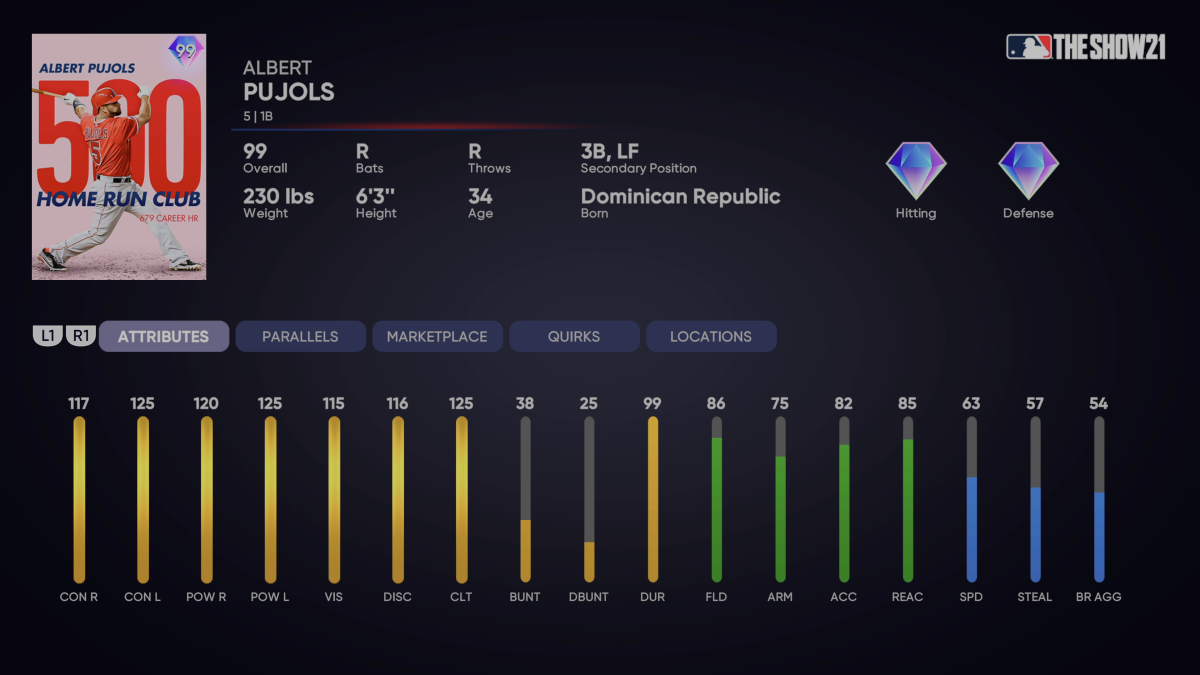
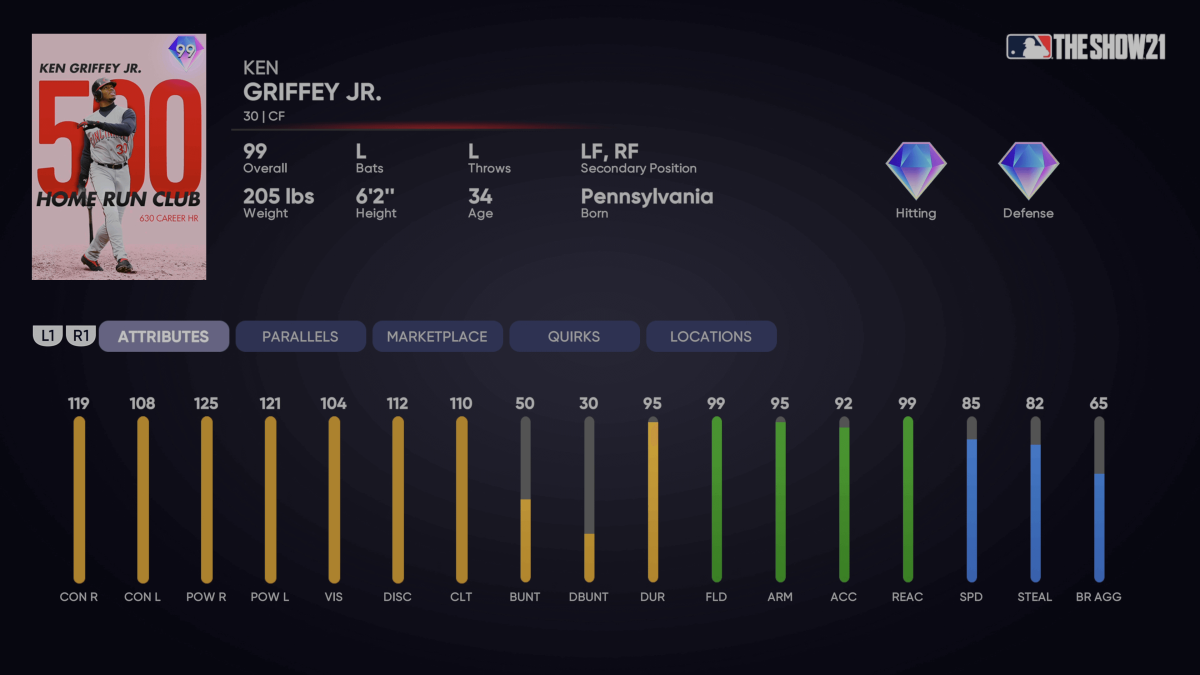
Published: Apr 30, 2021 7:26 PM UTC